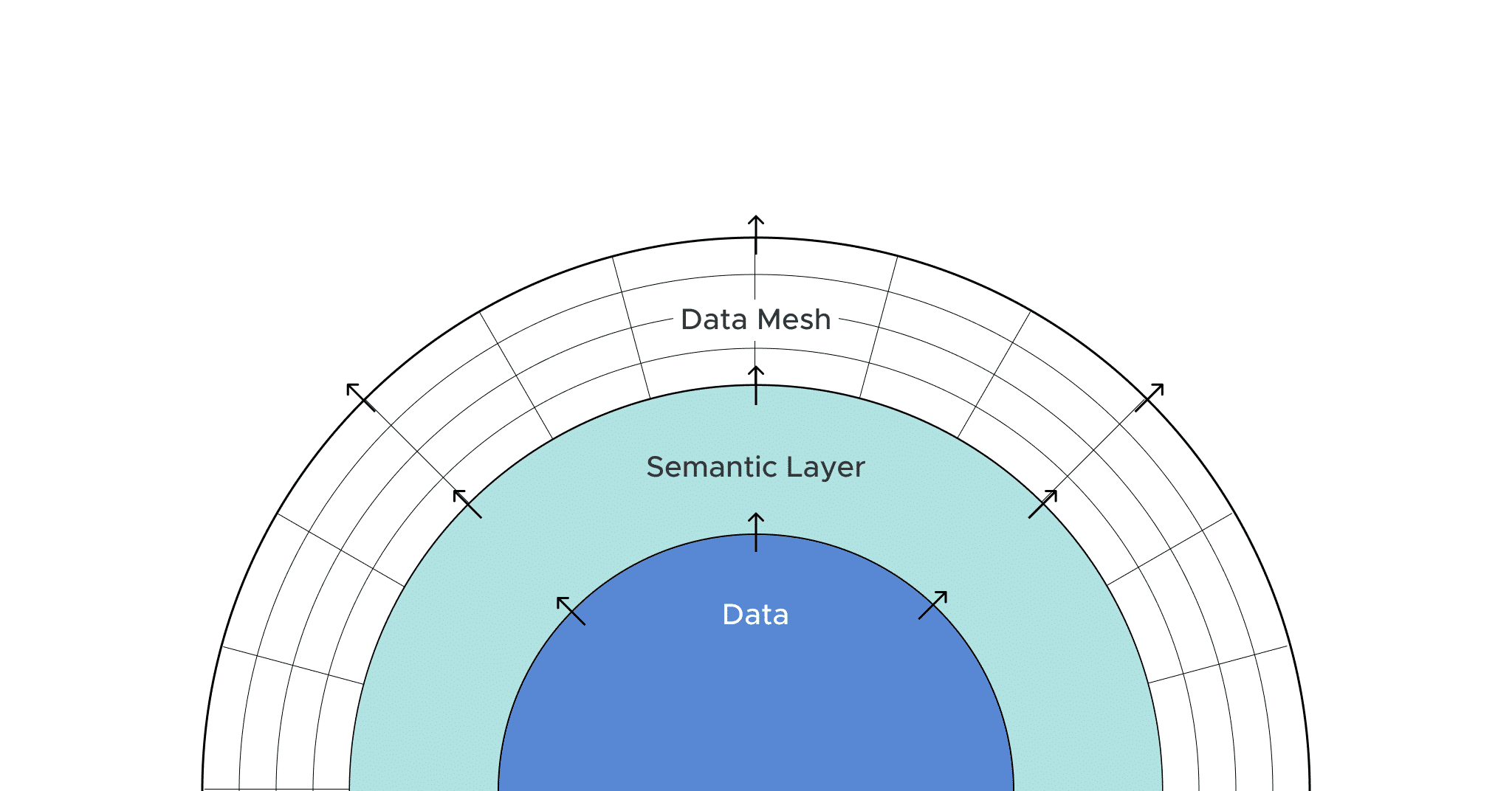October 18, 2019
Should You Build or Buy Your Universal Semantic Layer?
AtScale VP of Product and data mesh expert, Elif Tutuk, wrote a whitepaper on the principles and benefits of a data mesh approach. She covers what a data mesh is, how it positively impacts business performance, and which specific components are required to make a data mesh approach successful. This post gives an overview of her whitepaper. To get the full picture, read “The Principles of Data Mesh and How a Semantic Layer Brings Data Mesh to Life” here.
Every organization collects tons of useful data during regular business operations. But many times, organizations fail to use this data to its full potential. Why? Simply because it’s tricky to get the right data into the right hands, at the right time. There’s a chasm between how data analysts traditionally store and modify data and how domain experts would use this same data to grow the business — if they had the chance to do so.
Enter data mesh: a term growing in interest since mid-2021 and for some, a mysterious black box that claims to be the key to data democratization and self-service business intelligence.
Data mesh, as defined by Martin Fowler’s article Data Mesh Principles and Logical Architecture, follows four main principles:
1) Decentralized data ownership/architecture. This puts domain experts, rather than data analysts, at the center of how data gets stored, used, and changed.
2) Data as a product. This means that data functions like a “product.” It’s created and managed with “customers” in mind: in this case, the team members who need to use it. The same principles behind consumer products also apply here. Data needs to be user-friendly and applicable to the needs of each “customer.”
3) Self-serve data infrastructure as a platform. Data gets run on a whole host of different platforms. So, there has to be a common thread between all types of data — a common workflow that all domain owners can follow as they create data products.
4) Federated computational governance. By setting up universal rules that apply to all data products, an organization balances empowering domain-specific autonomy and ensuring that all data products are high-quality.
The key to data mesh: making it possible for domain owners to create their own data products inside a tool of choice with pre-set building blocks. This way, the domain owners, who understand how this data should get used, get to create the right data products at the right time.
A data mesh reaps countless benefits for organizations. It bridges the gap between the data analysts, who understand how to work with data but can’t fully comprehend the specific situations in which the data gets used, and the domain experts, who aren’t data experts but know exactly how they want to use the data.
The Semantic Layer Makes Data Mesh a Reality
If this sounds a little complicated to execute, don’t worry! Our data analytics experts here at AtScale believe that a semantic layer sets a simple, but powerful foundation for the principles of data mesh. It accomplishes this by:
- Transforming analytics-ready data into business-ready data. The semantic layer creates a “common language” for all types of data, helping your data to speak the language of your business (in terms that all domain experts understand).
- Supporting a composable analytics strategy by making it simple to create pre-built, composable building blocks.
- Enabling analytics governance across the organization by providing a central location to apply all policies.
Want to dive deeper into the principles and benefits of data mesh and learn how the semantic layer fits into the picture? Download our free whitepaper, “The Principles of Data Mesh and How a Semantic Layer Brings Data Mesh to Life”, to find out more!
ANALYST REPORT